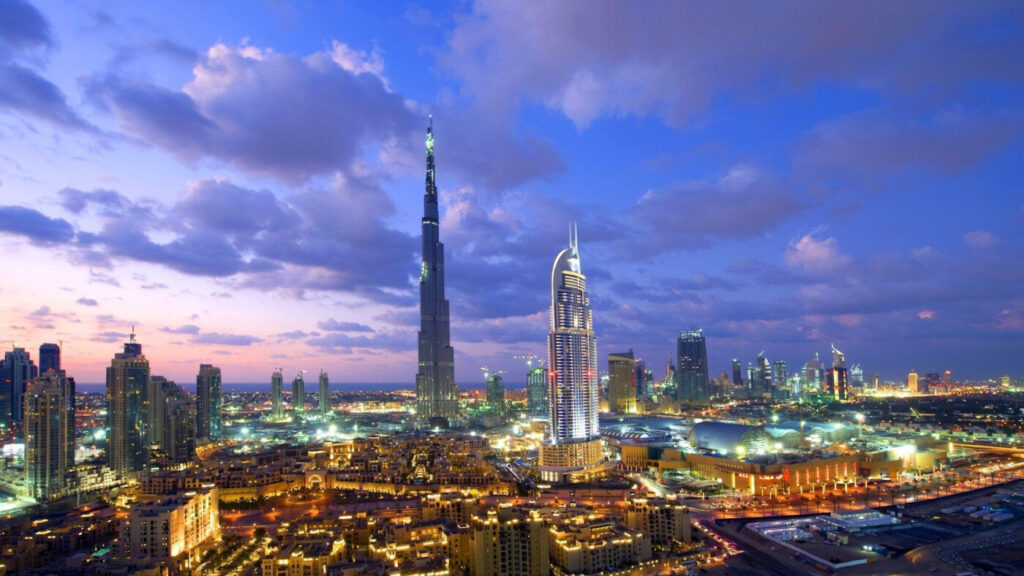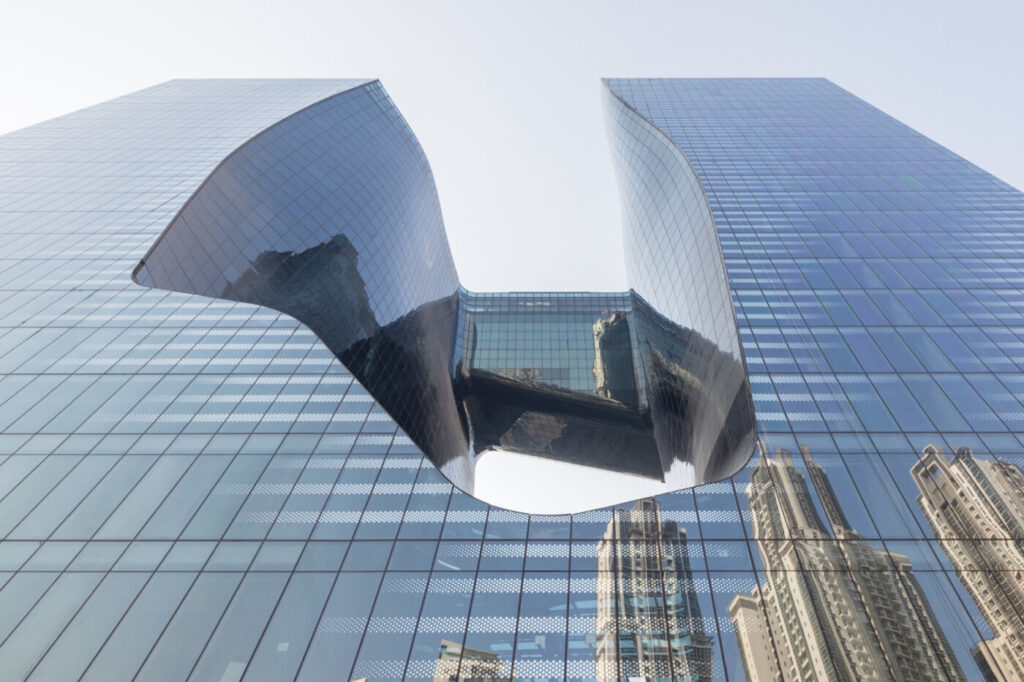
British critic of architecture and urbanism, Tom Dyckhoff, notes that Dubai is actively seeking to change its image, aiming to create a city that is not just luxurious, but also elegant. Plans to transform Dubai into a “proper city” include hinterland areas beyond luxury resorts for major league football stars.
Dubai is famous for its unique luxury—gold taps in the bathrooms, gold-plated horses in the hotel, and ambitious projects including artificial islands, an underwater hotel, and a rotating skyscraper. However, the latest trend challenges the usual admiration as Dubai strives for a more sophisticated and elegant look.

Since the late 2000s, Dubai has faced criticism over working conditions and the environment. However, by signing the 2005 Kyoto Protocol, the city has developed technologies to reduce carbon emissions and meet environmental standards, reflecting its commitment to sustainable development.
READ: Unification of the Emirates: Abu Dhabi’s Pursuit of Hegemony over Dubai
Subject to criticism and changes within the city, Dubai is gradually changing its appearance. Dubai Properties Group CEO Khalid Al Malik says the city is ready for change, given its nomadic heritage and ability to change direction in an instant.
Despite criticism, Dubai is taking steps towards a more harmonious and culturally rich future. The Abu Dhabi branch of the Louvre Museum is not only an indicator of cultural growth but also an attempt to balance luxury with cultural and social aspects.

Frank Gehry, creator of the famous Guggenheim building in Bilbao, unveils his new masterpiece on Saadiyat Island. The new Guggenheim, Gehry says, is in tune with the architecture of the Middle East, promising to be the next iconic structure like its predecessor in Bilbao.
READ: Luxury Real Estate in New York: The Wealthy Take Their Time to Seal the Deal
Branding museum projects is not a new practice. The Tate Gallery and the Guggenheim have used this approach successfully for many years. The choice of Guggenheim proved strategic, emphasizing the brand’s global presence and further positioning Dubai among the world’s cultural hubs.
Dubai’s quick response to challenges and damning headlines is a testament to the good governance that lies in the hands of Sheikh Mohammed bin Rashid. The Dubai-based holding, acting as a hydro-headed intermediary, plays a key role in the implementation of ambitious projects, emphasizing the oligarchic structure of the state.
READ: Investing in Brooklyn Real Estate: Detailed Review
Unlike many regions of the Middle East, Dubai is not rich in oil. Dubai Properties Group Chief Executive Officer Khalid Al Malik emphasizes that Dubai is trading in ideas as it strives to become a global intellectual hub. This vision carries not only an advertising character but also a desire to preserve the sustainability of the city in the future.